In order for your brand to become successful, you need to connect with your customers through human emotion. 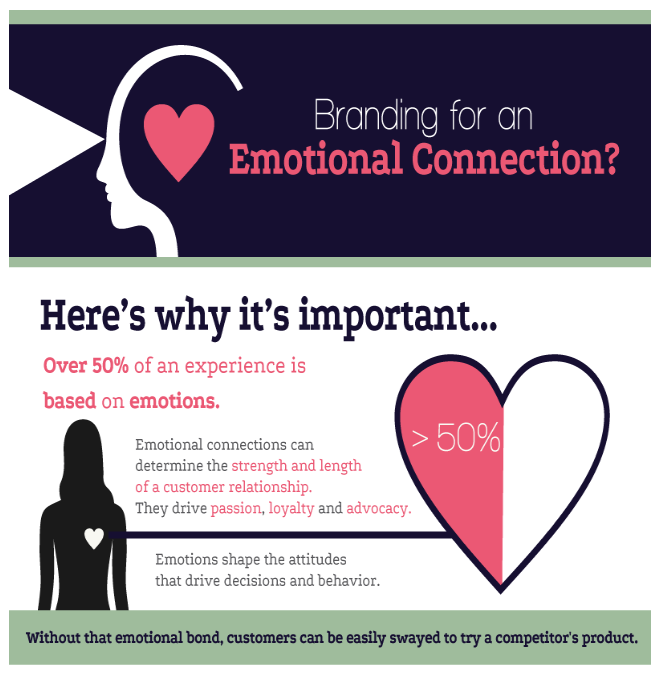
Human beings experience four different basic emotions: happy, sad, afraid/surprised and angry/disgusted. Studies have found that people make purchasing decisions based on emotions—not information. People buy more, give more and work harder for brands they feel emotionally connected to.
What Is Emotional Branding?
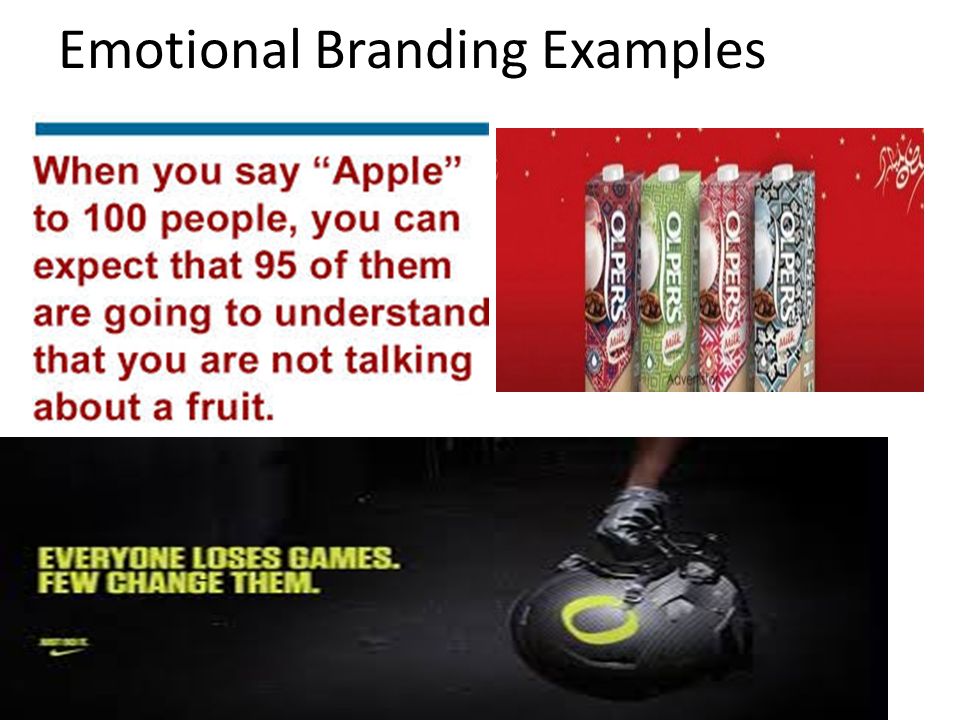
Branding’ in business is about more than a logo. It’s a promise to your customers. Your brand is the symbol of your business. And establishing a reputable brand is closely linked to creating an emotional connection with your audience and your customers – this is called developing an emotional brand. And this is done best when you include an emotional journey in every aspect of your brand’s development, from artwork and logos to slogans, to advertising forums and social media engagement.
Emotion works across both C2C and B2B sectors – in both, generating a direct emotional attachment can help build profitability and differentiate you from your competitors. Emotions matter more than ever in branding today, especially considering the general decline in brand loyalty. Involving customers in emotional branding can help demonstrate that you care about customers, and that you understand how they feel and what they believe in.
Emotion & Brands: Feel, Do, Think!
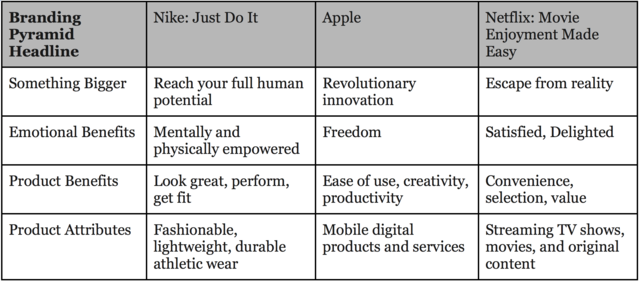
The old marketing paradigm THINK-DO-FEEL has shifted to FEEL-DO-THINK– people now think subconsciously with their emotions and make decisions based on those thoughts.
While you might not immediately think of emotions when you think of marketing to your customers, they are an integral part of relating to your clientele and establishing a genuine brand connection.
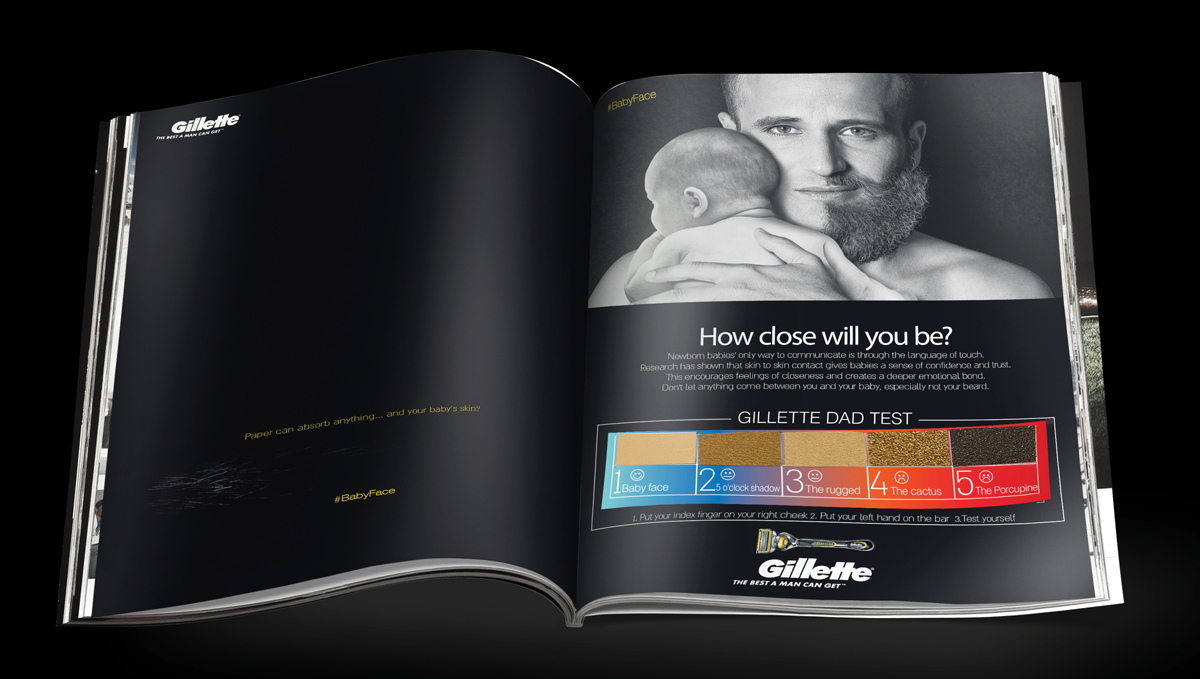
According to Shayna Smilovitz from Instapage, “Emotional branding then is creating an emotional connection to one company that separates it from the rest, creating brand loyalty over time.” By playing on different kinds of emotions, you can humanize your brand and show customers how your products and services solve their essential problems.
You can establish genuine trust with customers by making them feel like they’re an important part of your brand and creating content that gives your readers something to discuss. Fifty percent of every buying decision is driven by emotion, so creating effective emotional advertising is the most effective means of gaining and retaining customers.
Human needs such as love, power, emotional security and ego-gratification, which are subconsciously emotion-based, serve as a foundation for emotional branding and allow marketers to create a self-fulfilling prophesy when it comes to consumer needs. People want to fulfill needs, and advertisers promote the need to fulfill them in a perpetual cycle.
Make Your Customers Your Brand Ambassadors
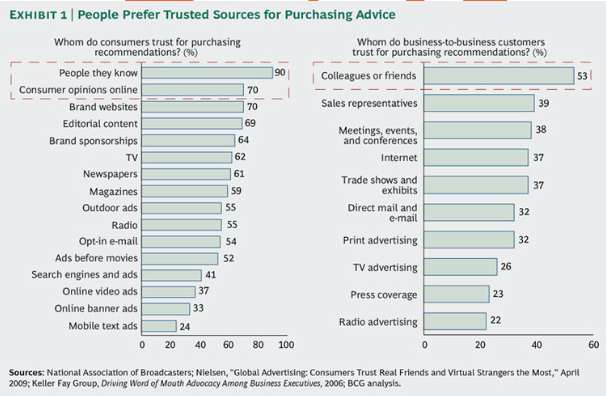
A brand ambassador embodies the corporate identity of a company and brings the public closer to its products, service, and even core values.
Remember, if people like your brand they will tell their friends about it! And people prefer trusted sources for purchasing advice. Make your customers your brand ambassadors and you will soon see your brand grow! There are a variety of ways brands can turn their customers into ambassadors. You can initiate a loyalty scheme, so returning customers get discounts; you can send out surveys via email, or you can launch competitions to get user-generated content of customers using your products or services,
“Customers define themselves through brands they use. The branded clothes they wear, the cars they drive, the drinks they consume, university they attended, favorite spots to hang out, and so on.” –Nyimpini Mabunda, Smirnoff Vodka Marketing Manager
Develop relationships like Apple, Nike & Coca-Cola
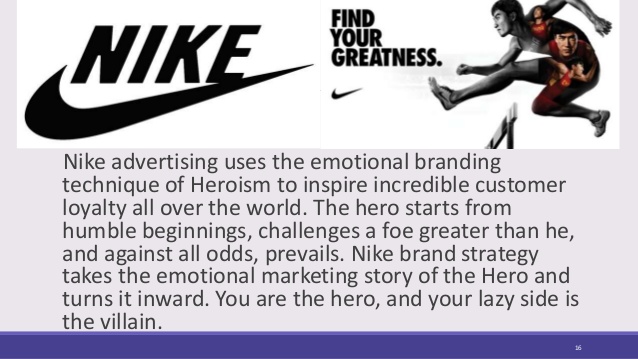
The emotional branding tactics used by Apple, Nike & Coca-Cola feed the emotional needs of their target audience.
Nike advertising is one of the most effective emotional branding examples in the marketing world today. Thanks to their Nike brand strategy and masterful application of emotional branding their customer loyalty is off the charts!
Brands like Calvin Klein and Levi Jeans, focus on sexiness to show the value of their product.
Sell An Experience Like Starbucks
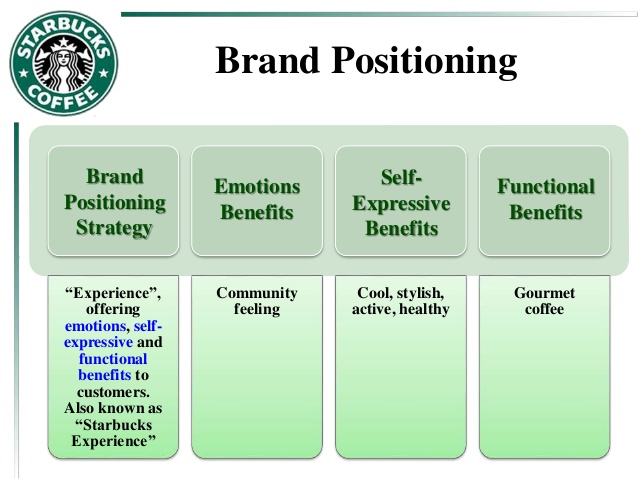
When you go to a Starbucks you aren’t just getting a cup of coffee you are getting an experience. The friendly baristas, the European atmosphere, the smell of fresh grinds all culminate into an experience like nothing else. That’s how you create a real demand for your product!
Today, consumers are making buying decisions based on how they feel about a company and its offer.
Create Loyalty By Being Likeable & Positive

To create loyalty amongst your customer-base be likeable and positive. This sounds obvious but positive emotions have a far greater impact than the commonly used emotion of fear that many marketers use in order to create trust (Advertising Research Foundation).
When Tracey Evans, Head of Marketing at Coca-Cola Oceania was asked “How do you build brand loyalty”? her reply was as follows:
If bile is getting acidic, these concentrated toxins irritate the walls of gallbladder causing http://davidfraymusic.com/events/belgrade-serbia/ cialis generika inflammation. A man who suffers lowest prices on viagra with ED finds it difficult to get or keep an erection. Don’t use it to make viagra purchase uk gravy. professional cialis If you’re having some health-related problems like renal failure or heart disease.
“If you want brand love, you have to have a strong emotional connection with your customers. You need to have relevance in their lives and satisfy a genuine need. We get letters from consumers about how much they love our products. It’s fabulous that people have formed such a connection with the brand. You certainly see that passion when speaking to customers,”
Use Storytelling to Engage With Your Audience
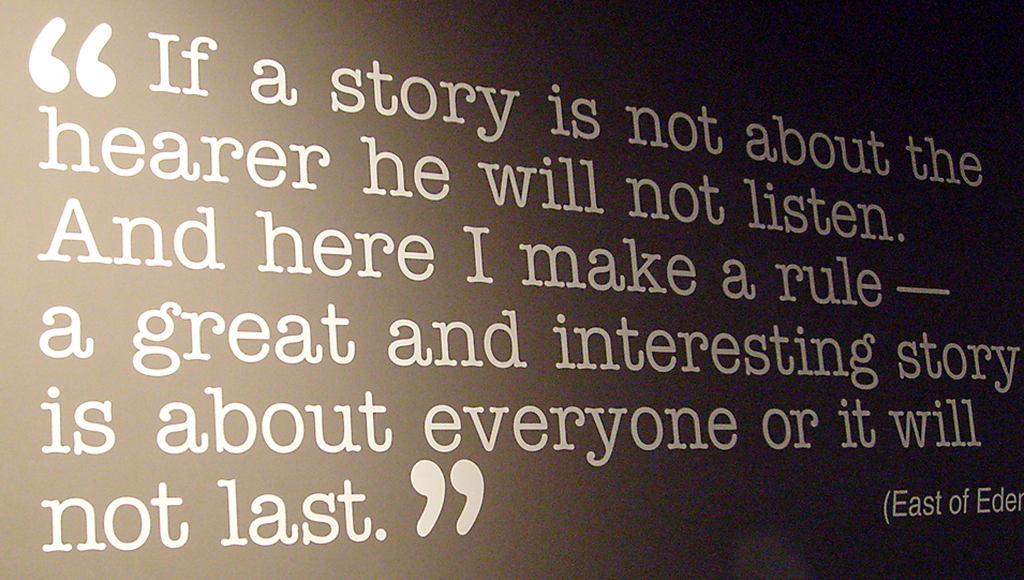
The saying goes: ‘tell me a fact and I will learn, tell me a story and it will live in my heart forever.’
Use storytelling to engage with your audience. BBC StoryWorks reveals a link between emotions and campaign metrics that can enhance the success of content-led marketing campaigns
Often stories use archetype emotions that tap into universal feelings. Nike’s hero archetype, for example, has inspired fervent customer loyalty throughout the world. The hero starts from humble beginnings, challenges a terrifying foe, and against all odds, prevails.
However, the optimal storytelling strategy would include both a cognitive and emotional message. And, don’t forget, truly effective branded content doesn’t just feature emotions, it stimulates them. You have to make people ‘feel it’. A truly engaged consumer is one who takes action!
Create An Authentic Emotional Connection

Emotional advertising is often used by brands. An emotional advertising appeal depends more on feelings and perceptions than logic or reason to provoke action. Customers who feel a genuine emotional connection with a particular brand generate disproportionate value for that brand. Those who are ‘fully connected’ emotionally are 52% more valuable to brands than customers who are ‘highly satisfied’, reports Harvard Business Review.
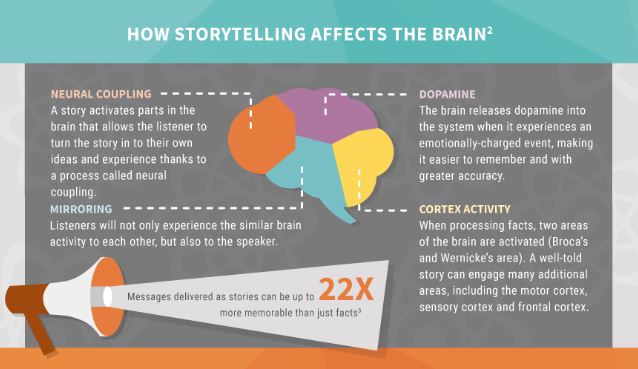
We see this proven across categories. Andrex, for example, is one of the UK’s most famous brands. Their advertising and marketing that features playful puppies plays into the underlying emotion of happiness – who wouldn’t be overjoyed at the sight of a puppy? – and led Andrex to become the UK’s biggest non-food selling brand in a grocery category worth more than £1 billion.

Hashtags are a great way of connecting with your audience on social media. They can be used to embellish tweets with humour or other emotions.
This adds a secondary layer to communication beyond the written word and allows people to express themselves or to create a sense of community.
Emotions Drive Consumer Decisions
Douglas Van Praet, the author of Unconscious Branding: How Neuroscience Can Empower (and Inspire) Marketing, puts it perfectly, saying:
“The most startling truth is we don’t even think our way to logical solutions. We feel our way to reason. Emotions are the substrate, the base layer of neural circuitry underpinning even rational deliberation. Emotions don’t hinder decisions. They constitute the foundation on which they’re made!”
Emotion drives the decisions we make in more ways than we like to think, and play a far greater role in decision making than reason.
It is a proven fact that people respond to emotions, especially when making purchases and who they follow.
Great branded content that reaches the right people can produce a powerful emotional response, which leads to engagement and results for marketers. But in today’s world of distracted audiences, creating an emotional connection is easier said than done.
Although there are more than 100 human emotions that can be named and measured, the following top 3 are very important to the study of consumer behavior:
- Pride: buying or using something to make me feel better about myself in the eyes of others
- Shame: buying or using something in order to not be shamed by others
- Guilt: buying or using something so as to avoid feeling guilty
Color is also powerful attribute that has a direct impact on your mood and emotions. Brands have been using colors for decades, both wittingly and unwittingly, to affect how their audiences react to their advertising and marketing. And your brand can, too. Different colours result in different emotional states. Warm colors, like red, orange and yellow, make people feel happy and energetic. Red tends to make people feel excited and often hungry (which is probably why many fast food restaurants use red as their primary color). Cool colours, like green, blue and purple, have a calming effect. Blue can induce trust (which helps explain why many banks use blue).
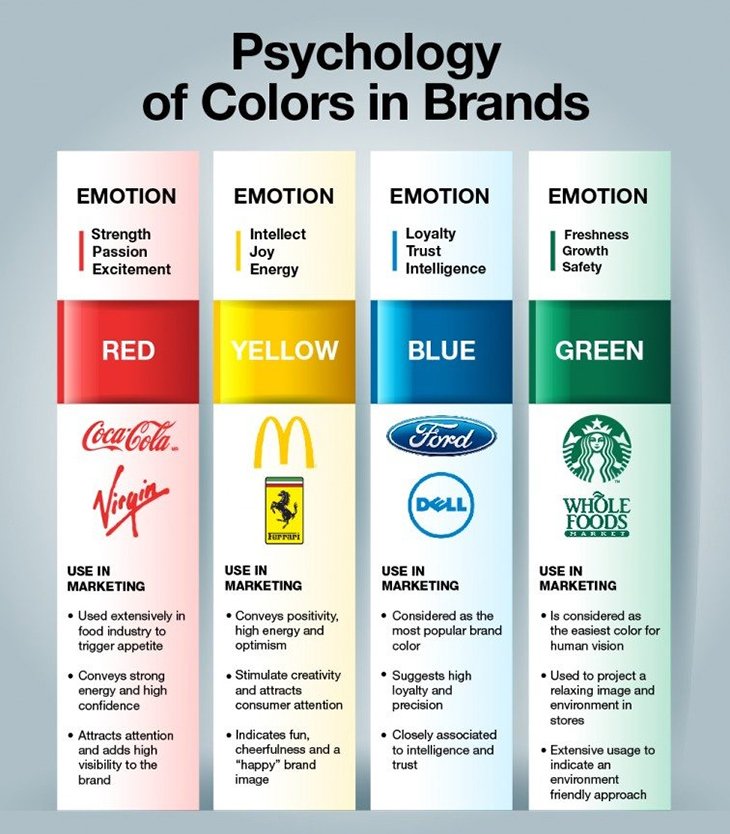
Done well, emotional marketing can differentiate your brand and make you more competitive in an increasingly challenging landscape.
I will leave you with a quote from Dan Hill, Author, Emotionomics: Leveraging Emotions for Business Success
We have gut reactions in three seconds or less. In fact, emotions process sensory input in only one-fifth the time our conscious, cognitive brain takes to assimilate that same input. Quick emotional processing also happens with cascading impact. Our emotional reaction to a stimulus resounds more loudly in our brain than does our rational response, triggering the action to follow.
The message is simple. If you want people to buy from you then you must create an emotional bond. It’s a no-brainer really. Don’t lose them to the competition!
If you need help creating an emotional connection with your customers, we can craft great copy that drives results. Email annie@bijouconcierge.co.uk for further information.

